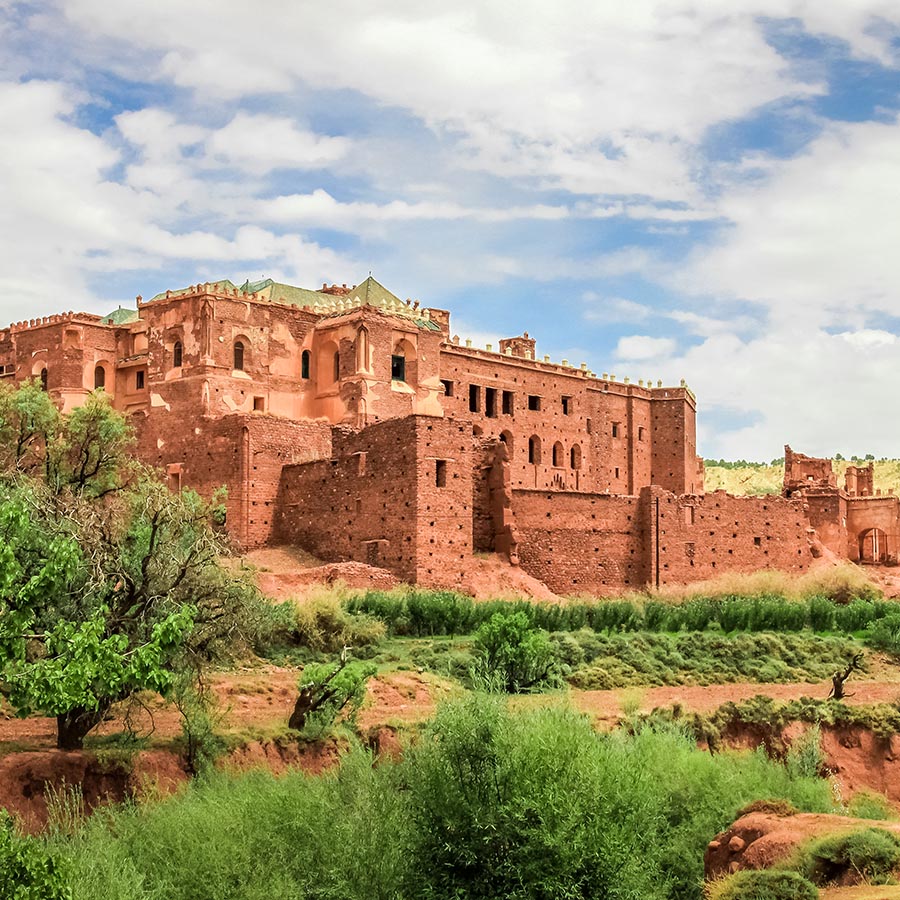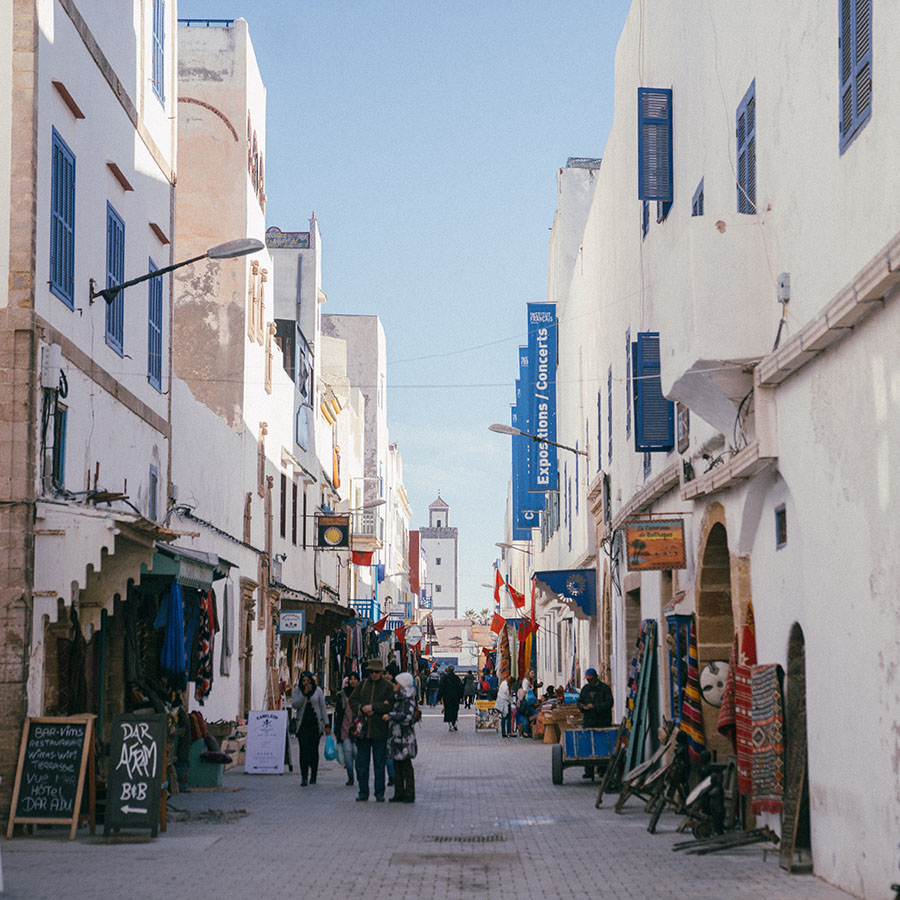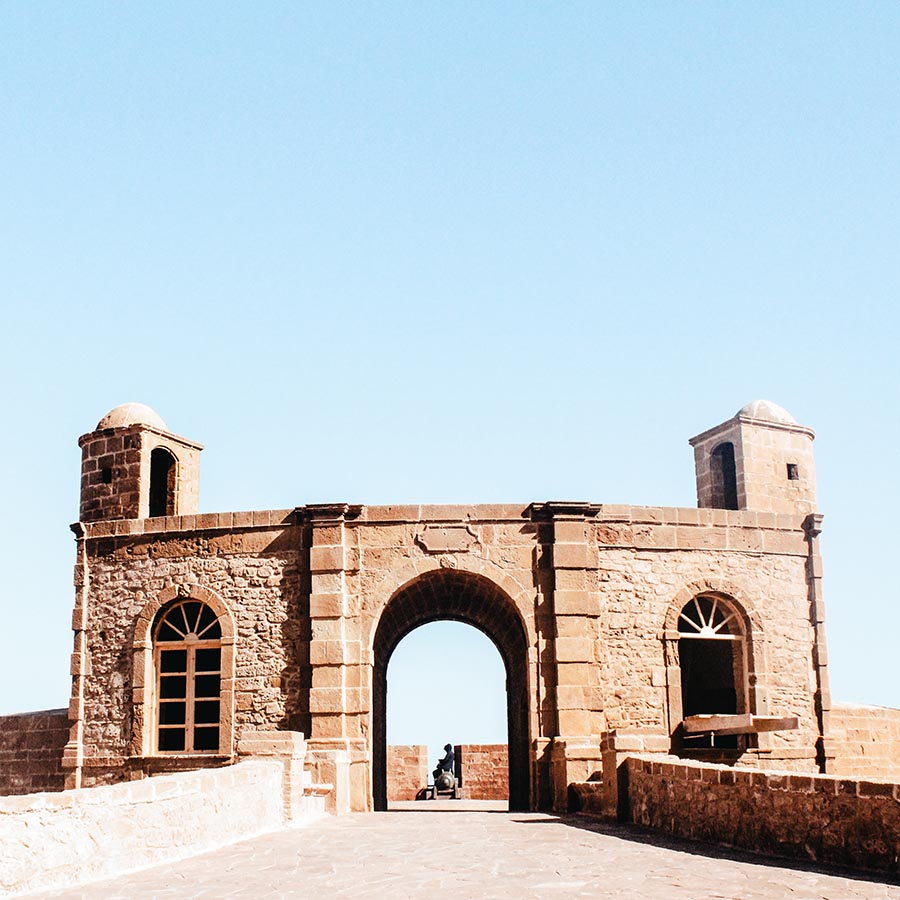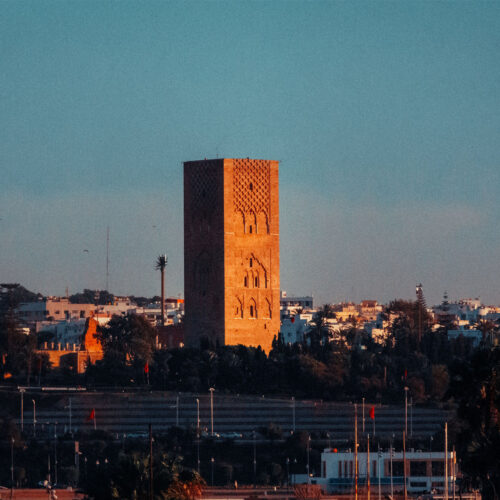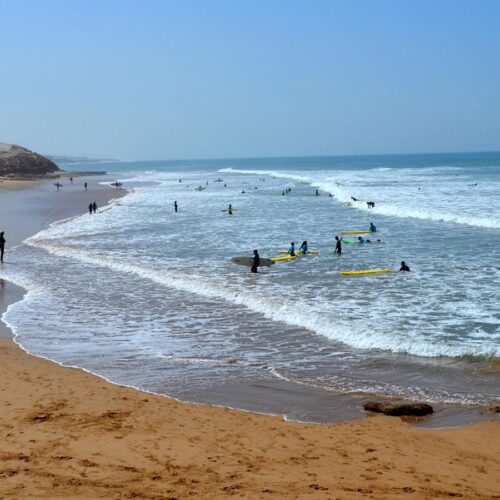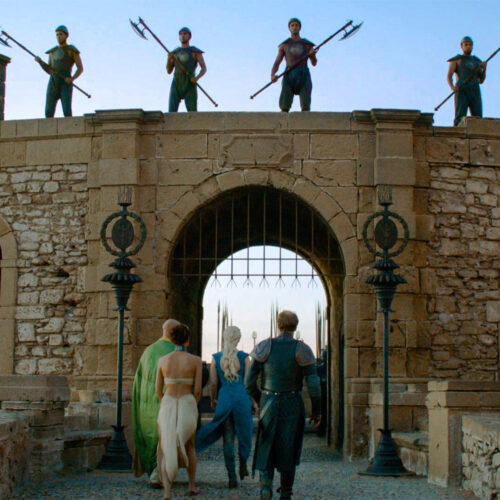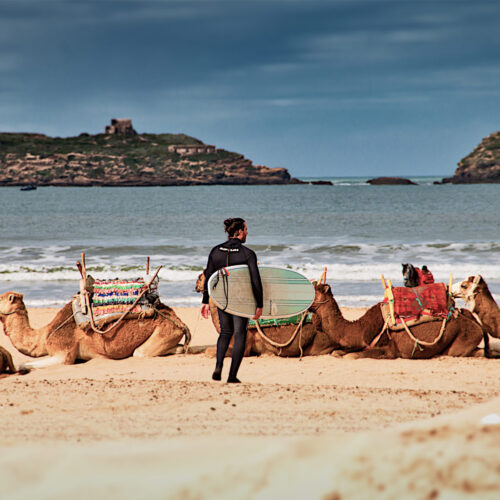Melah Heritage Discovery
STARTING FROM Casablanca
Casablanca
From
2 people
All Seasons
Days count:
10 days
Day 1: Arrival to Casablanca Airport
Day 2: Casablanca – Rabat
Day 3: Fes
Day 4: Fes – Ifran – Midelt – Errachidia – Erfoud – Merzouga.
Day 5: Merzouga – Tingdad – Tinghir.
Day 6: Tinghir Ouarzazate
Day 7: Ouarzazate – Marrakech
Day 8: Essaouira
Day 9: Essaouira
Day 10: Departure
Day 1: Arrival to Casablanca Airport
The 4,500 Casablancan Jews live outside the mellah in the European city, where they used to eat in kosher restaurants, entertain themselves in community centers, and attend Jewish schools and social service centers. Beth El is the largest synagogue and an important community center, seating 500 persons. Casablanca is also the home of the Hassan II Mosque, the second largest in the world. The Jewish community contributed to the construction of this mosque, which was inaugurated in 1994.
Some Jews visit annually the Muslim shrine of Sidi Belyout, Casablanca’s patron saint. Many Jews of Casablanca celebrate the hiloula of the saint Yahia Lakhdar in Ben Ahmed, about an hour south of Casablanca near the town of Settat.
Berbers, Arabs and Jews are the peoples that together have built Morocco. The Berbers are believed to have migrated to Morocco from the Middle East over 3,500 years ago. Prior to the Arab conquest in the eighth century, several Berber tribes converted to Judaism. Once Arabs populated Moroccan cities, Jews played an important role in commerce between them and the Berbers.
Day 2: Casablanca – Rabat
Just outside the city walls of Rabat is another walled city, the Chellah, where Jews
had lived during the time of the Phoenicians. Rabat’s Archeological Museum has a strong focus on
the Roman town of Volubilis and displays a Jewish lamp found at the site. Adjoining the Tour Hassan is the Mausoleum of King Mohammed V, which has
became a pilgrimage site for Jews, who cannot forget his efforts to defend them.
Day 3: Rabat – Meknes – Fes
Meknes, the city of Moulay Ishmael, is one of the only cities in Morocco where the mellah does not adjoin the royal palace. It is also the only city where Jews decided to create a new mellah after the French Protectorate was installed.
Throughout the old city of Fez, there are traces of ancient Jewish life. The community center, Maimonide is one of the most well organized in Morocco, with a kosher restaurant and modern synagogue on the premises. The restaurant sometimes has available mahia, or home-made eau de vie, the anise-flavored alcoholic drink for which Moroccan Jews are well-known. The Center was created in the early 1980s in a building housing a Talmud Torah synagogue and school.
Day 4: Fes – Ifran – Midelt – Errachidia – Erfoud – Merzouga.
East of Tinghir is the Ziz Valley and Tafilalet region, where Jews lived and financed the caravan trade
with Sub-Saharan Africa from as early as the eighth century. Errachidia is a town surrounded by dozens of ksour, or fortified villages, where Jews once coexisted with Berber tribes. Erfoud was the major Jewish population center of the Tafilalet, where Jews worked as merchants and artisans. The Jewish cemetery is sandy but otherwise well-preserved.
Day 5: Merzouga – Rissani – Tinjdad – Tinghir.
West of Merzouga is the ruins of Sijilmassa, the first town founded by the Arabs in Morocco. Beginning in the eighth century, Sijilmassa became an important intellectual and commercial center for both Jews and Arabs. The near-by town of Rissani is the ancestral home of the ruling Alaouite dynasty, and contains the mausoleum of the dynasty’s founder, Moulay Ali Charif. The fortified towns and villages of the area are striking examples of how Jews lived for centuries with the Arabs of the region.
Day 6: Tinghir – Dades – Ouarzazate
Heading the road to Tinghrir, at the mouth of the Todhra Gorge, is believed to have one of the oldest Jewish cemeteries in Morocco. East of Ouarzazate is the Dades Valley, where the Jewish Perez family from Andalucia made its home beginning in the 16th century.
South of the High Atlas Mountains is the region of Ouarzazate, where Berber Jews lived in fortified
cities and towns. In the mountains north of Ouarzazate is the saint David Oumouchy. South of
Ouarzazate, Jews were once a major presence in the oases of the Draa Valley, especially in the town
of Agdz. There are legends that the Jews controlled a kingdom in this valley before the arrival of the
Arabs. At the highest point on the road to Marrakech, a Jewish saint, David Lachkar (or Moulay Ighi),
is buried in the stronghold of the most powerful Berber family of the twentieth century, the Glaoui.
Day 7: Ouarzazate – Marrakech
The Marrakesh mellah dates from the 1550’s, as noted on the door to the Jewish cemetery.
Unlike the Moslem old city or medina, the mellah has many three story buildings towering over narrow streets, reflecting the crowded conditions of the many Jews who lived there until the 1960’s. Synagogues were once found on every street, but only a few remain in operation. In the middle of the mellah is a building that housed until recently a synagogue and a home for the elderly. Another synagogue is across from the jewelers market, where several Jewish goldsmiths still produce pendants of the hand of Fatima, which is a symbol of
good luck to both Jews and Muslims. The Marrakesh cemetery is the site of the Jewish saint
Hanania Cohen. The rural areas surrounding Marrakesh have the heaviest concentration of Jewish saints of anywhere in Morocco. South of Marrakesh, in the ancient town of Aghbalou in the Ourika Valley, the tomb of Saloman Ben Elhans is cared for by one of the few remaining Berber Jews in Morocco.
Day 8: Essaouira
Essaouira’s mellah covers over 10 percent of the town, but Jews constituted almost 40 percent of the
population in the late 1880’s. Jewish stars on the doors to the mellah show the degree to which Jews
were accepted in Essaouira, to the point that some of the richer Jews did not even live in the mellah.
Commemorative plaques indicate the buildings in which synagogues were located.
Andre Azoulay is one of the important member of the jewish commity is the Advisor of the King Hassan II and Mohamed VI.
Day 9: Essaouira
Relaxing and enjoying the day in Essaouira
Day 10: Departure Transfer
Your stay in Morocco has come to an end. Departure Transfer. I hope that you have had a pleasant stay in Morocco and that the visit to Jewish Morocco provided you tremendous insights into the development of modern Morocco as well as a better understood of the role of Jews within Islamic societies and why Morocco is looked upon with nostalgia by its diaspora Jewish community.
Please fill the form bellow
The prices of tours depends on many variables some of them are:
– The season
– Level of accommodation
– The availability
– The current prices of transportation. etc …
PRICE INCLUDES
- All Transportation A Minibus Or 4 WDs
- Accommodation The Riads, Hotels, Home Stays, Bivouacs Or Gites
- Breakfast And Dinner
PRICE DOES NOT INCLUDE
- The Flight Ticket Except On Request
- Tickets To Access Museums Or Places For The Visit
- Addition To Single Room
- Tips
- Beverages
PRICE INCLUDES
PRICE DOES NOT INCLUDE
SHARE
NEW TOURS
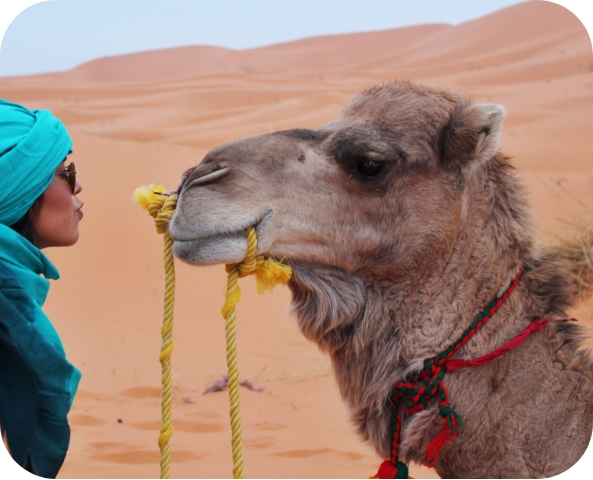
WHY YOU SHOULD CHOSE NOBLE EXPLORER
100%
FAST RESPONSE TIME
Our team is 24/7 available by phone. We make sure all your questions vie email or trough Social media are answered within 24 hours
4520
FAST RESPONSE TIME
Our treat our Client as friends and make sure to offer the best Quality / Prices services there are.
Rating
FAST RESPONSE TIME
Browse and compare the views of users and make right choice.
